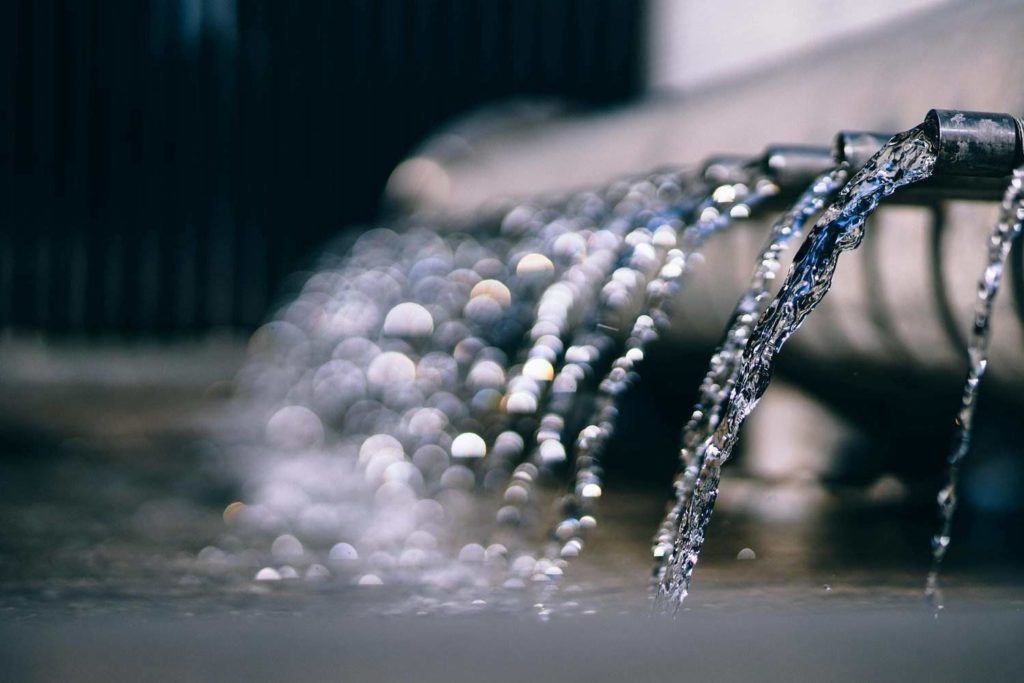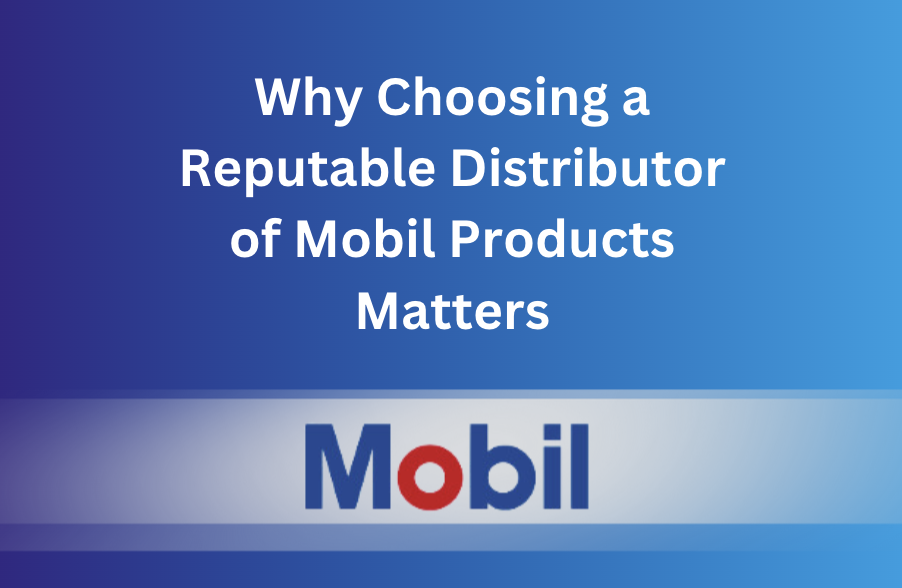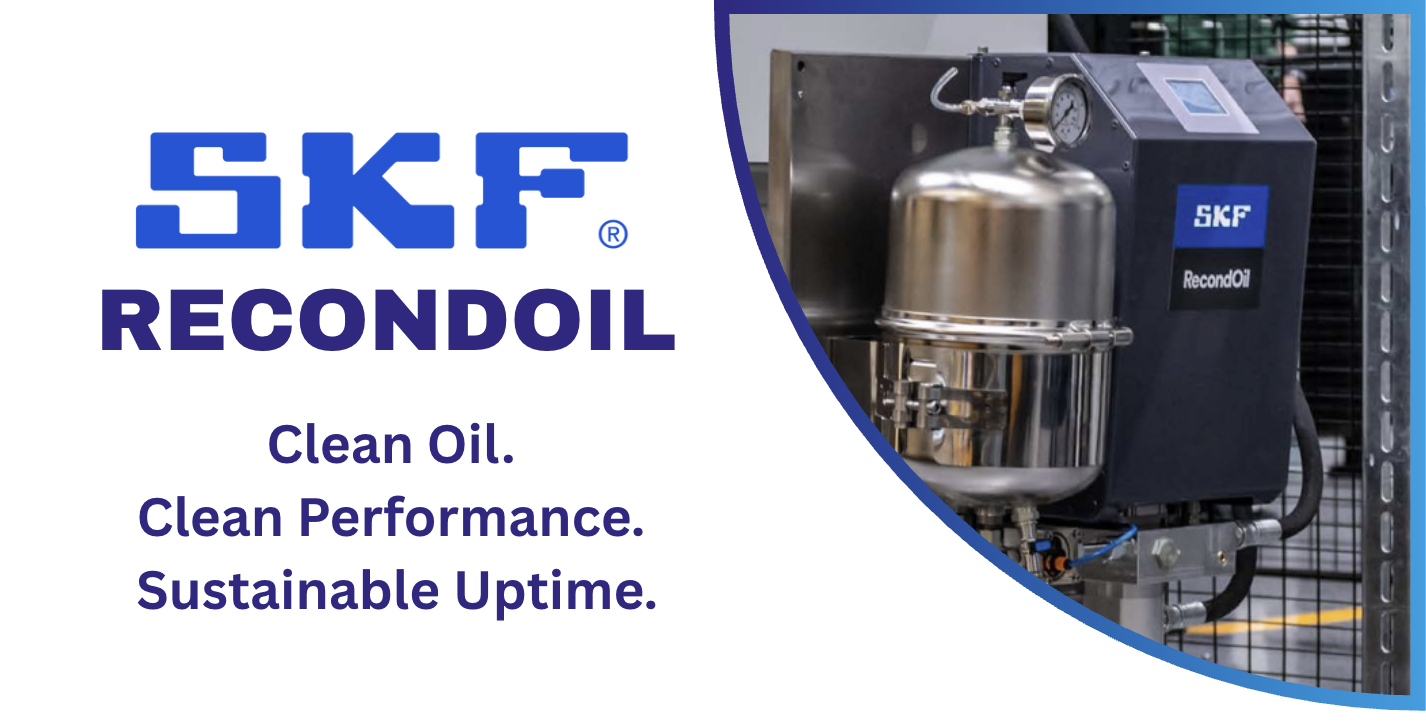Not all lubrication systems will need to be flushed before an oil change, but the conditions in which some systems operate may mean that without a flush, the new charge of oil will become severely contaminated as soon as it starts to circulate. Examples of such operating conditions would be stationary gas engines in landfill sites where the contaminants from the gas are extreme and in high volume, or a transformer with high levels of polychlorinated biphenyl (PCB) in the oil.
We would recommend that most key lubrication systems were flushed prior to a major oil change to remove as much of the contamination from the system as possible. When replacing the oil, you want to provide the cleanest conditions possible to maximise the oil performance and get the most from what can be a significant spend on a new oil charge. A dirty lubrication system will lead to faster lubricant degradation and increased oil changes.
Most systems will be flushed during annual shut-downs or during scheduled maintenance periods. Depending on how you plan to flush your system, it may be important to start the planning and implementation a few weeks prior to a shut-down. Whether you are using a system cleaner, or flushing the system with a lubricant, it is important to think about ordering the product in good time for your shut-down or scheduled maintenance.
If you are using a system cleaner, such as Mobilsol PM, this should be added to the system prior to draining. The system cleaner will circulate with the oil, breaking down and/or collecting the contaminants and holding them in suspension. When the oil is removed from the system, these contaminants will also be removed. System cleaners will usually be in place for between 3 to 14 days prior to a change, depending on the type, size and operating conditions of the system.
If you are flushing the system with a lubricant, it is important to make sure that the product you use is compatible with the new oil you will be putting into the system after flushing. It is common to use a lower grade of oil for flushing to reduce expense, but check the product’s data sheet to ensure compatibility.
Once you have flushed your system and put your new oil into the system, it’s essential that you keep a closer eye on your filters when the equipment is back up and running. The additives in the new oil will get to work immediately picking up contaminants left in the system, so you will likely see an increase in material picked up in the filters. Filters frequently need to be changed shortly after an oil change for this reason, especially if the system has not been flushed, so it’s worth planning ahead and having the parts you need.
Many people will view system flushing as an unnecessary expense, but when you consider the implications of maintenance issues, unscheduled downtime or increased oil change intervals, the cost of flushing the system is usually the better option. By reducing the contamination in your system, you not only maximise the performance of your lubricants, but you improve the overall health of your equipment.



